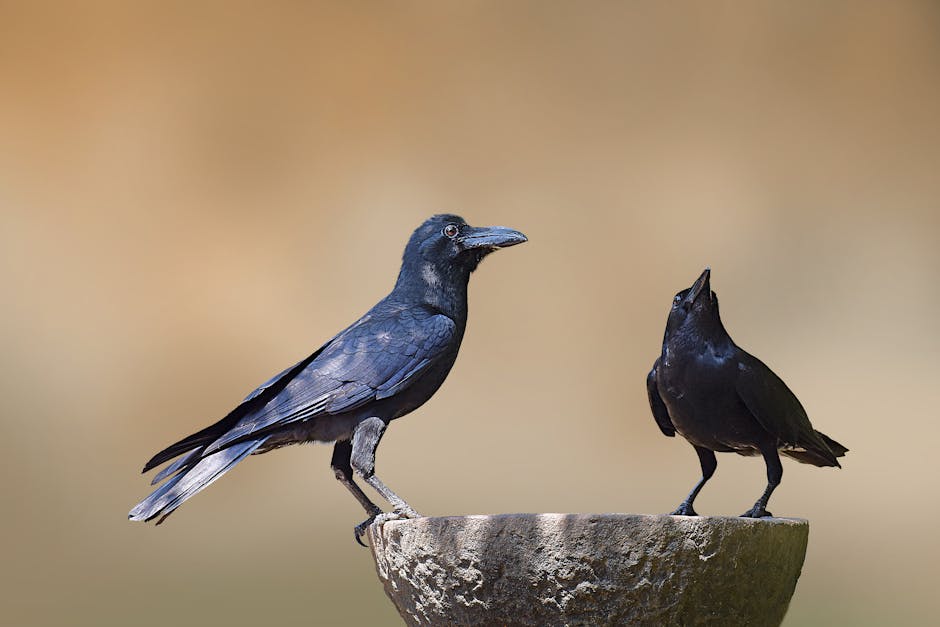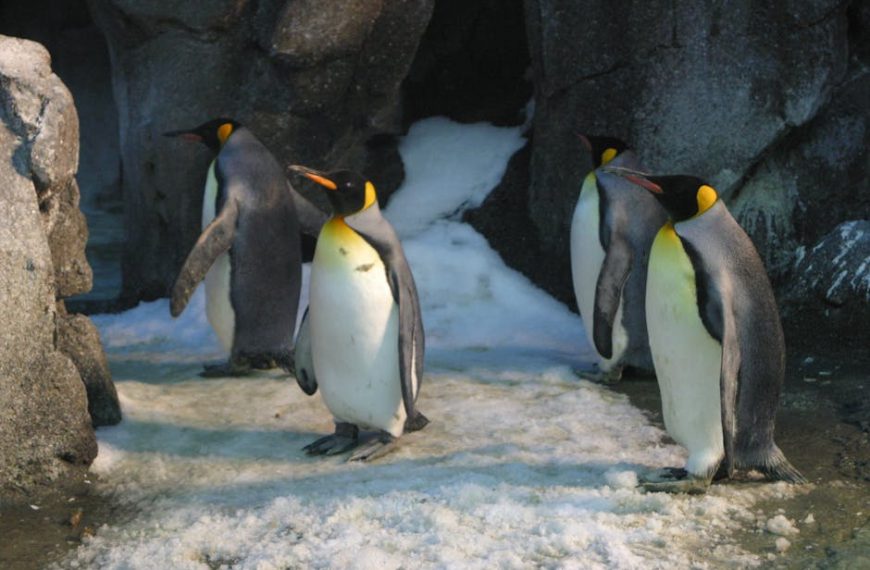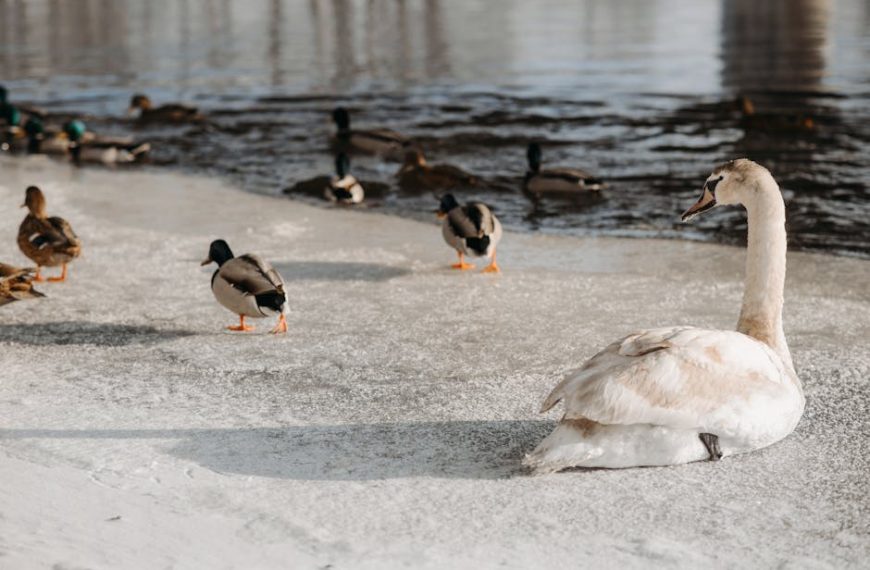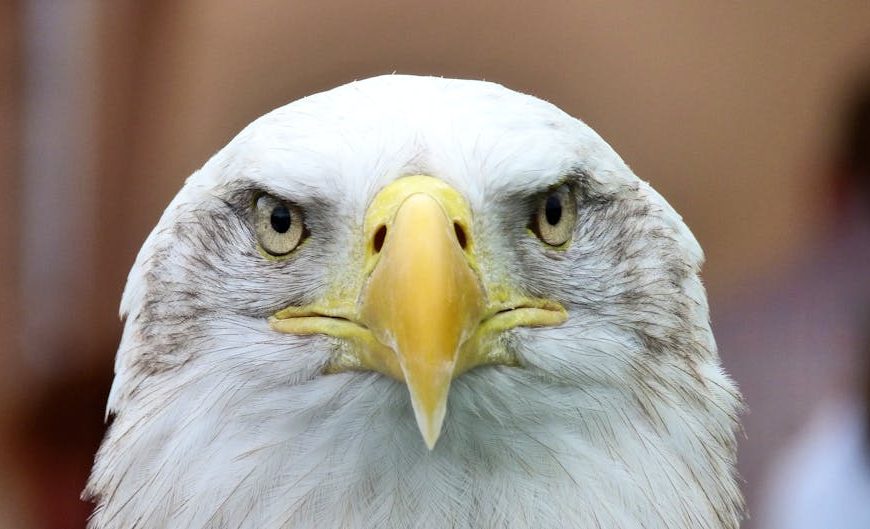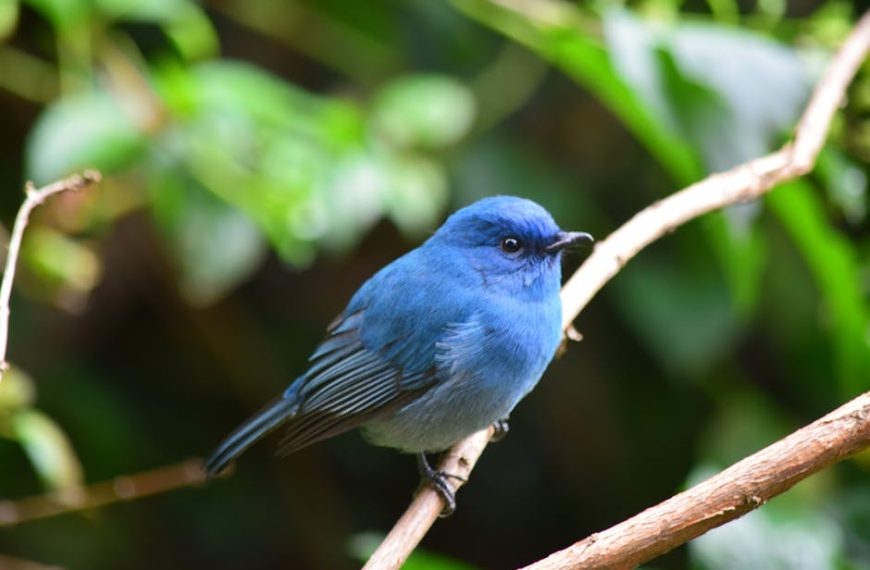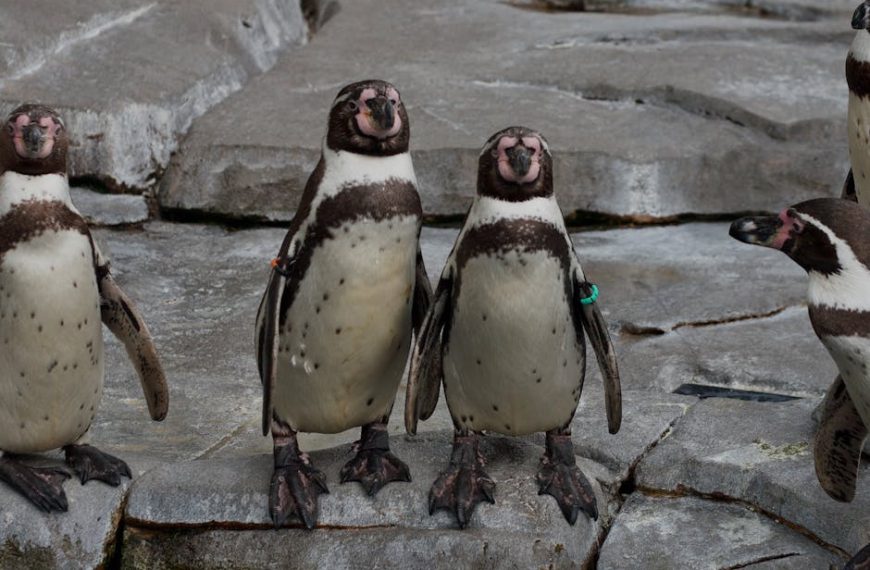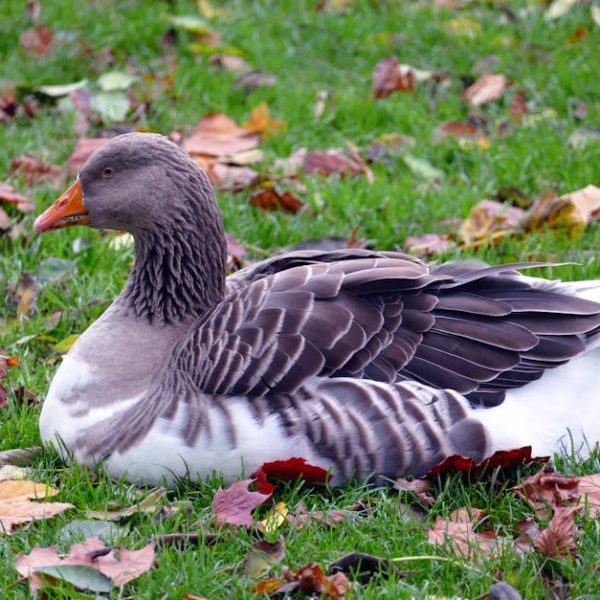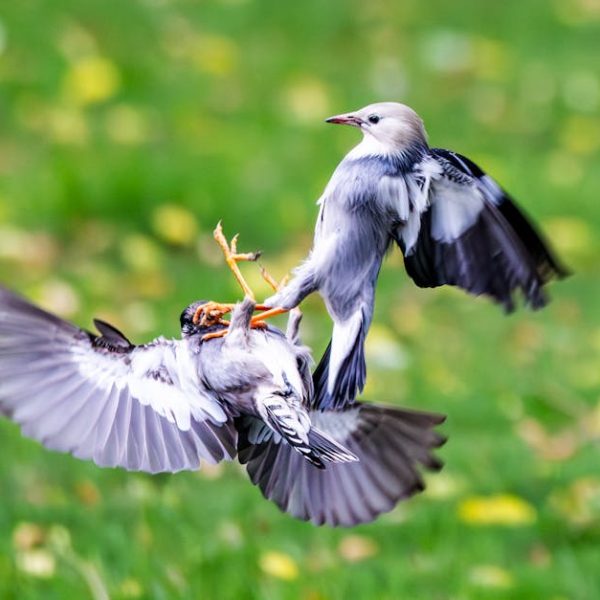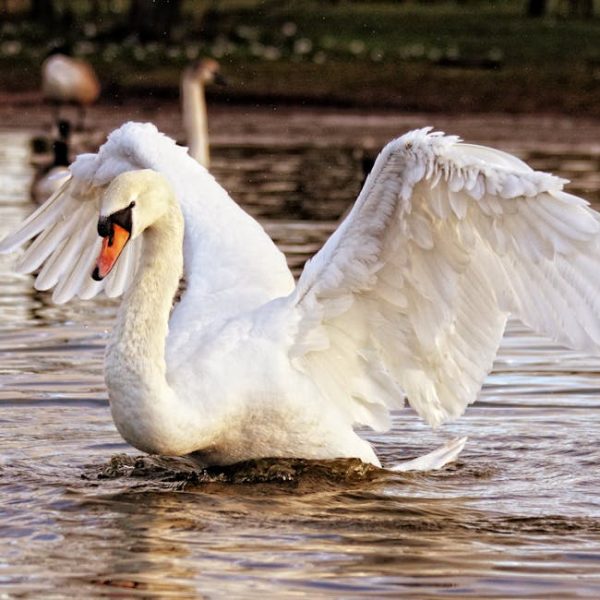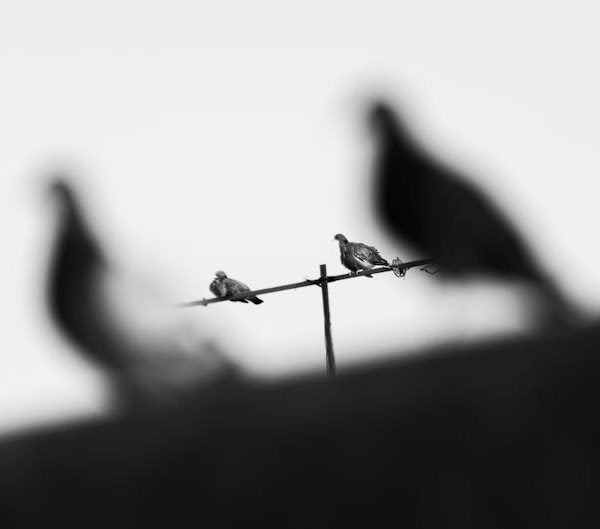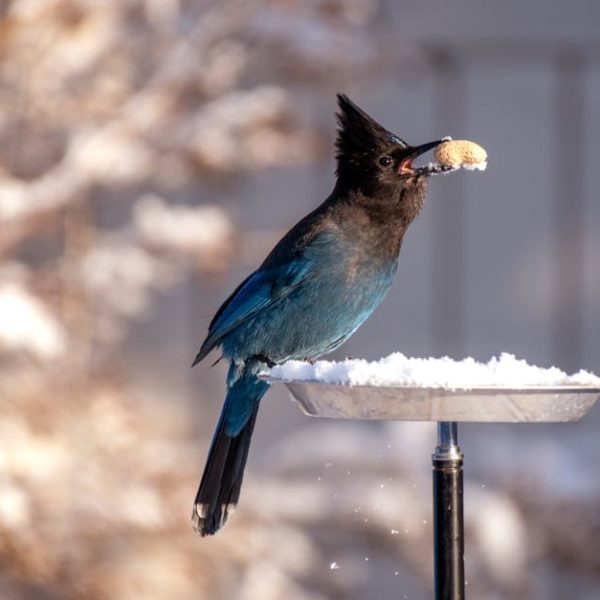Just like humans, birds also experience emotions, including excitement. The manifestation of this excitement differs from species to species, and it’s also influenced by their personalities. To understand whether a bird is excited, look out for physical and vocal signs.
In terms of physical signs, you might see dilated pupils or rapid wing flapping. Vocal signs include loud squawks and repeated chirping. But, remember:
- Pro Tip: Not all vocalizations necessarily signify excitement. They could also be signaling fear or stress. The context is important in correctly interpreting these signs.
Do Birds Get Excited When You Pet Them?
As a bird owner, it’s completely natural to wonder if your pet bird gets excited when you pet it. After all, who doesn’t want to build a stronger bond with their feathered friend? But the answer to this question is not a simple yes or no.
Different birds have different reactions to human touch, influenced by factors such as species, individual personality, previous experiences with humans and their current mood. Some birds might get excited and show signs of pleasure upon being petted, while others might feel threatened or distressed.
Here are the pros and cons of petting, based on observations:
Pros & Cons:
- Pros: Petting a bird can promote bonding and some birds may find gentle stroking pleasurable if done correctly.
- Cons: On the other hand, misunderstanding your intention, birds might react with fear or aggression.
As a bird petter, here’s a checklist to bear in mind:
• Pay attention to the bird’s body language.
• Always approach your bird gently and slowly, never suddenly.
• Don’t force your bird to be petted if it shows signs of distress.
• Be consistent with your actions to help the bird recognize them over time.
Best Practice: Remember, every bird is an individual, and their reactions can vary greatly. Patient observation, respect for their individual personality, and understanding are key to successful pet-bird interactions.
The Bottom Line
Understanding bird behavior, especially when it comes to interaction with humans, takes time, observation, patience, and a deal of sensitivity. Interpreting their body language and vocalizations correctly can make a world of difference in how you interact with your bird.
Remember, it’s not just about whether your bird gets excited when you pet it. It’s about understanding your bird’s unique personality and finding a way to communicate with it that respects and caters to its individual needs and preferences. So, always observe, learn, and adapt your behavior as needed to ensure a healthy and happy relationship with your feathered friend.
Bird Behavior Basics
Birds are captivating creatures with complex behaviors. Their behavior is influenced by an array of factors, including species, individual personalities, upbringing, and experiences. For instance, a parrot might behave differently to a sparrow, as different species have unique behaviors and characters.
Furthermore, even within a specific species, individual birds may display unique personality traits. This diversity among birds adds an extra layer of complexity for bird owners or enthusiasts trying to understand their behavior.
-Tip: Pay close attention to an individual bird’s body language. Their reactions can provide key insights into their preferences and emotions.
Interpreting Bird Body Language
Deciphering a bird’s body language can indeed be intriguing, unveiling the rich emotional life of our feathered friends. Common bird body language signs include fluffing feathers, different vocalizations, and various body postures.
Consider this:
- A relaxed bird may be seen singing, preening, or participating in playful behavior.
- On the other hand, an anxious bird might have its eyes wide open, tremble, or try to flee.
Pro tip: Bird body language is subtle so it requires patient observation for correct interpretation.
The Feeling of Touch for Birds
Did you know that birds have feelings and sensitivities to touch? Birds, particularly domestic ones, often enjoy petting, as it enables them to form social bonds with humans. On the contrary, wild birds are not accustomed to human touch and may feel threatened when touched.
Birds have a diverse range of feathers, each playing different roles, including assisting in touch perception. For instance, contour feathers sense direct touches, while down feathers detect subtle changes like air currents.
Here’s a brief comparison:
- Domestic Birds: Physically interacting with their human friends, these birds often enjoy petting.
- Wild Birds: Not used to human touch, these birds may feel threatened when approached physically.
Best Practice: When touching a bird for the first time, always proceed with caution and observe their reaction. This approach enables you to respond respectfully to the bird’s comfort level.
Understanding Excitement in Birds
Bird excitement is a unique spectacle. It’s chronicled through both physical and vocal cues, including fluffed feathers, chirping, and many more. Here are some signs to look for:
– Physical signs of excitement: Dilated pupils and rapid wing flapping.
– Vocal signs of excitement: Loud squawks and repeated chirping.
Pro Tip: Bear in mind, not all vocalizations necessarily signal excitement – some could mean that the bird is scared or stressed.
Do Birds Get Excited When You Pet Them?
Petting a bird can elicit a range of emotions – including excitement. However, the response can differ based on the bird’s past experiences, its personality, and the way in which it is petted.
But like anything, there are pros and cons to petting a bird:
- Pros: Petting can promote bonding, and birds may find gentle petting pleasurable if done correctly.
- Cons: Birds could misunderstand your intent, which may trigger fear or aggression.
Here’s a checklist for a successful petting experience:
- Pay heed to the bird’s body language.
- Approach gently and slowly.
- Never force your bird to be petted.
- Maintain consistency in your actions so that the bird begins to recognize them over time.
Best Practice: Remember that every bird is different, and each one will react in its own unique way to being petted. Observing patience and understanding is vital when interacting with your feathered friends.
In conclusion, understanding bird behavior—especially their reactions to petting—requires patience, observation, and a genuine understanding of their unique personalities. It’s critical to observe and understand their body language, vocalizations, and comfort levels to ensure a healthy and happy relationship with your pet bird. Remember, it’s not just about whether birds get excited when petted—it’s more about recognizing and respecting each bird’s individual needs and responses. Follow these tips and guidelines regularly, and you’re sure to foster a wonderful companionship with your bird. Happy bird watching and bonding!
Key Takeaway:
- Birds behavior is highly complex and influenced by factors such as their species, personality, upbringing, and experiences.
- Bird body language is nuanced and involves cues like fluffing feathers, certain vocalizations, and body postures.
- The way birds perceive touch varies, with domestic birds usually enjoying petting as it aids social bonding, while wild birds may feel threatened.
- Excitement in birds can be observed through physical signs like dilated pupils, rapid wing flapping, and vocal cues such as loud squawks and repeated chirping.
- The bird’s reaction to petting can range from excitement to distress, depending on individual factors and how the petting is done.
In the world of birds, understanding and patience are your keys to forming a strong bond with your feathered friends. As every bird has its unique personality and behavioral traits, you need to respect their individuality and observe their reactions carefully. Ensuring your bird feels safe and comfortable with you will surely improve your relationship with them.
FAQs
Q: Are there any specific bird species known to enjoy petting more than others?
A: While petting might be enjoyed by some birds more than others, it largely depends on the individual bird itself. Species alone isn’t an accurate indicator.
Q: Can a bird get used to petting over time?
A: Yes, many domesticated birds can get used to petting over time, especially when it’s associated with positive experiences.
Q: What can I do if my bird seems scared when I pet it?
A: It’s crucial to respect your bird’s reactions. If it seems scared, it’s best to give the bird space. Over time, the bird may slowly get used to your touch.
Q: Are pets other than birds sensitive to petting as well?
A: Yes, almost all pets have their unique sensitivities to petting, including dogs, cats, rodents, etc. It’s always essential to respect their boundaries.
Q: How can I encourage my bird to feel more comfortable with petting?
A: Start slowly, doing short petting sessions initially. Respect their boundaries and reassure them with soothing vocalizations. Over time, your bird should start feeling more comfortable.
Feel free to explore more articles on this website to better understand your feathered friend. Don’t forget to share this article with other bird lovers. You never know who might find it helpful!
